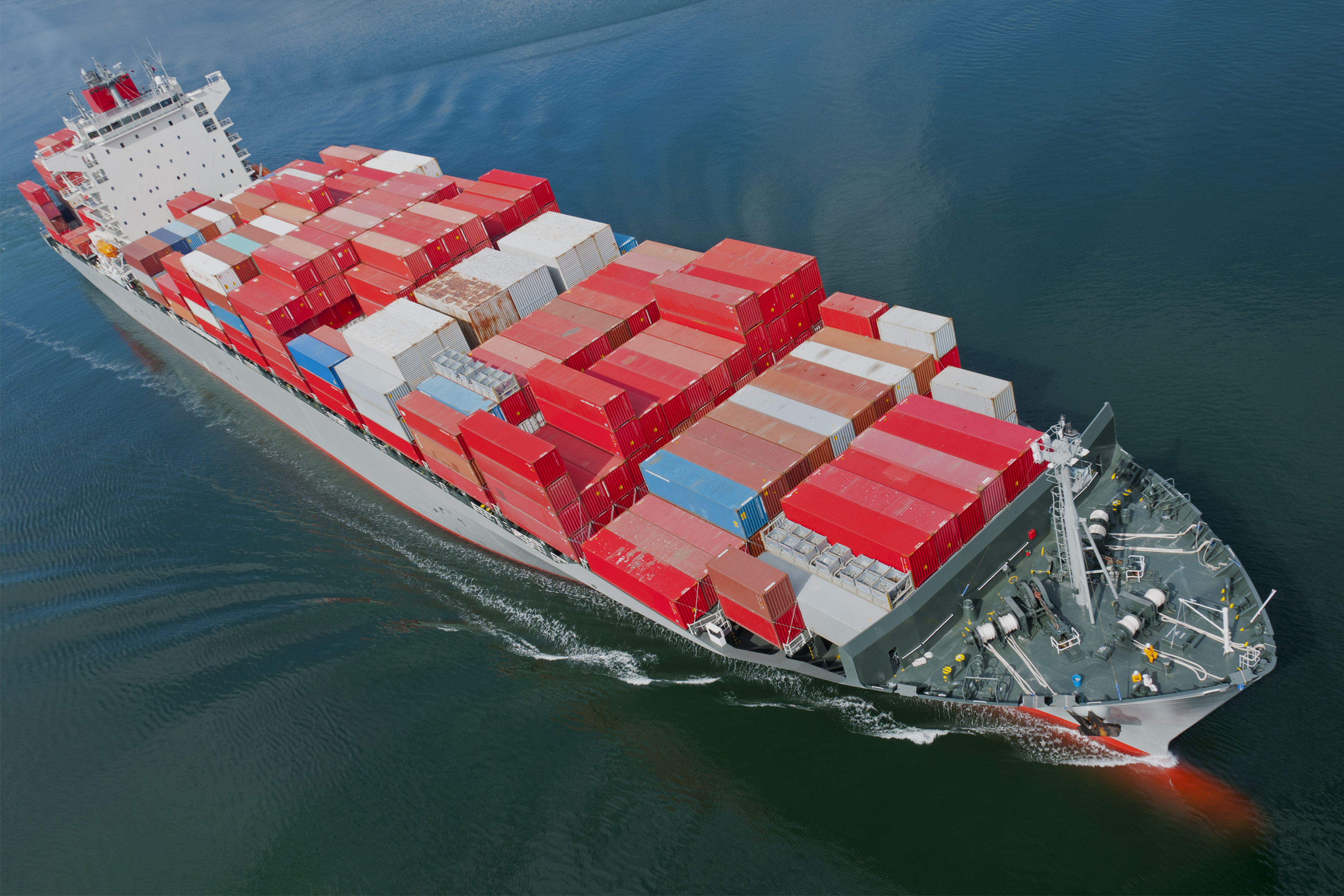
Building Client Relationships and Lasting Results
While I’ve spent a significant amount of time working with some of our mining clients, I have recently had the pleasure of working with a client in a much different industry, with a new set of challenges. Joining this project has afforded me the opportunity to get to know a new type of business and work with two individuals who have placed a large emphasis on building a long-lasting relationship with this client. Over the course of this project, they have both given me some valuable insight into the kinds of solutions we can provide for this type of client.
The true strength of this relationship became evident through early discussions with the client during the analysis phase; they clearly already had a great understanding of our process and the effectiveness of our methods. As we explained where we believed the opportunities could be found and what we felt the estimated return would be from capitalizing on these opportunities, they didn’t hesitate for a second. They knew our company, they knew the management, and most importantly, they knew what we were capable of.
A Little Background
Our client is a worldwide logistics organization that has worked with USCCG for several years on multiple projects. It’s been a very interesting portfolio, resulting in a true partnership that perfectly models our “client for life” mentality. They understand that true change is a leadership responsibility; but at the same time, they set high expectations for the organization to deliver for both internal partners and external customers. This client relationship is based on mutual respect, which sometimes means we have to discuss tough, uncomfortable subjects; but they know we hold all aspects of the business in high regard for cost, quality, service, and people.
 Our Goal: Streamline Fragmented Logistics Processes
Our Goal: Streamline Fragmented Logistics Processes
The term logistics is often applied to the planning of one or more complex tasks. Traditionally, it has been associated with moving material or people through a process. We like to consider a more broad-based holistic view-point. Logistics is the planning, scheduling, controlling, monitoring, and delivery of goods and/or services from order to cash.
Our process in this arena focuses in large part on the communication loops, either between people or systems, as this is often the greatest area of delay which results in increased costs, decreased service, deterioration of quality, and people’s frustration. The transmission and handling of information behind each customer order is astonishing, especially when you consider the end result of moving a product from A to B. The complexity of this process increases when you consider the multiple business units and multiple modes of transportation, along with the multiple systems being used to manage all of these transactions.
Consider a very practical example: When you look behind your TV at home and see a complete mess of wires running in every direction, you’re not exactly sure how everything functions properly, but it works so you leave it alone. A problem arises when you decide to purchase a new stereo and must remove some cables to plug-in others. You waste an enormous amount of time working through with this tangled mess, and when you’re finished, something isn’t working as it did before.
Our process here began with straightening out each cable one by one. This in itself was a very important exercise to truly understand the current state inner workings of the client before we began. It can at times be the most delicate balance to stay focused through the noise of working with such a large decentralized organization, while at the same time taking in the opinions of each and every employee you meet along the way. Every single opinion or suggestion, regardless of the source, could have an incredible impact on the success of the project. We absorb every piece of information, opinion, and suggestion, and then analyze it until we can draw a conclusion. I can confidently say that we truly leave no rock unturned. Once we have straightened all of the cables out, we began wrapping them up together to create uniform lines of communication.
We’re able to help improve logistical processes by fully understanding the reason for every transaction, reducing/eliminating duplication of effort, engaging enabling technology to improve communication and signals, and having robust business processes for both real-time and long-term decision-making capability. We looked into everything from booking services to dispatching line haul assets to deliver goods.
We didn’t come to the table with a pre-defined solution or software package. By engaging all of the employees in the development of the approach, from C-suite down to hourly, we could truly find a better method and teach the organization how to constantly move towards best. By truly understanding the current state, we could quickly go after gaps and disconnects in the existing processes to drive immediate change. Then, engage the organization in any requisite major changes to better deliver on cost, quality, service, and people issues.
Change is a Process, Not a Destination
Our methodology of discovery, prototyping, and implementation ensures that we have lasting impact and true organizational change. As we like to say, “Change does not take time, it takes energy.” While implementing changes, we always strive to make sure the USCCG project team executes on the deliverables we have committed to, without compromising our client’s values or mission statement.
Our client’s absolute trust in our team has given us the freedom to implement the best solutions possible for their unique situations. Their unfaltering zeal to embrace our recommendations and training has made the change process easier and faster, getting them to a better place in less time. This mutual commitment to support each other’s efforts has been vital to the success of this project and overall client relationship.





